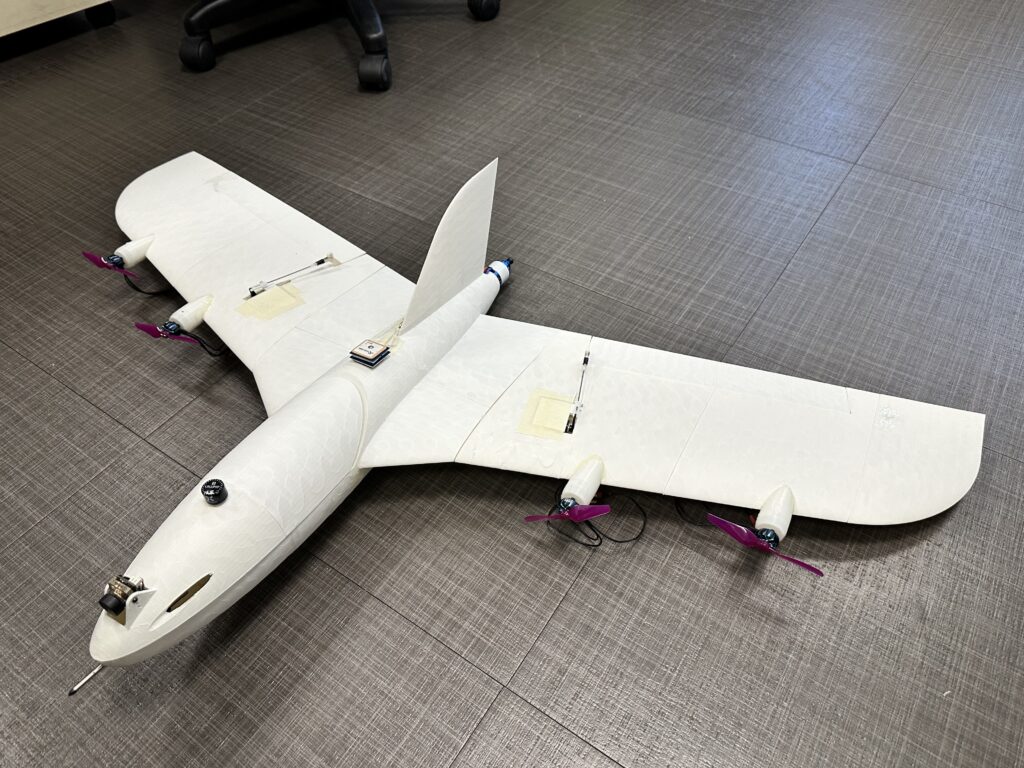Blended wing body aircraft with distributed propulsion

Blended wing body aircrafts have the potential to substantially reduce fuel consumption and carbon emissions due to their higher lift-to-drag ratio during cruising, but they suffer from reduced lift during take-off and landing as well as limited control and manoeuvrability. Integrating a distribution propulsion system on blended wing body aircrafts may be an effective approach to address these limitations.
This project investigates the potential of distributed propulsion in enhancing the performance of blended wing body aircrafts. Flight tests on model aircrafts with conventional versus distributed propulsion were conducted to determine flight characteristics such a stall speed, rate of descent, and power-to-weight ratio.

Project Team
Students:
- Jared Tham Jia Le (Mechanical Engineering, Class of 2024)
- Joseph David Chan (Mechanical Engineering, Class of 2024)
Supervisors:
- Dr Elliot Law (elliot.law@nus.edu.sg)
- Mr Brian Teo

